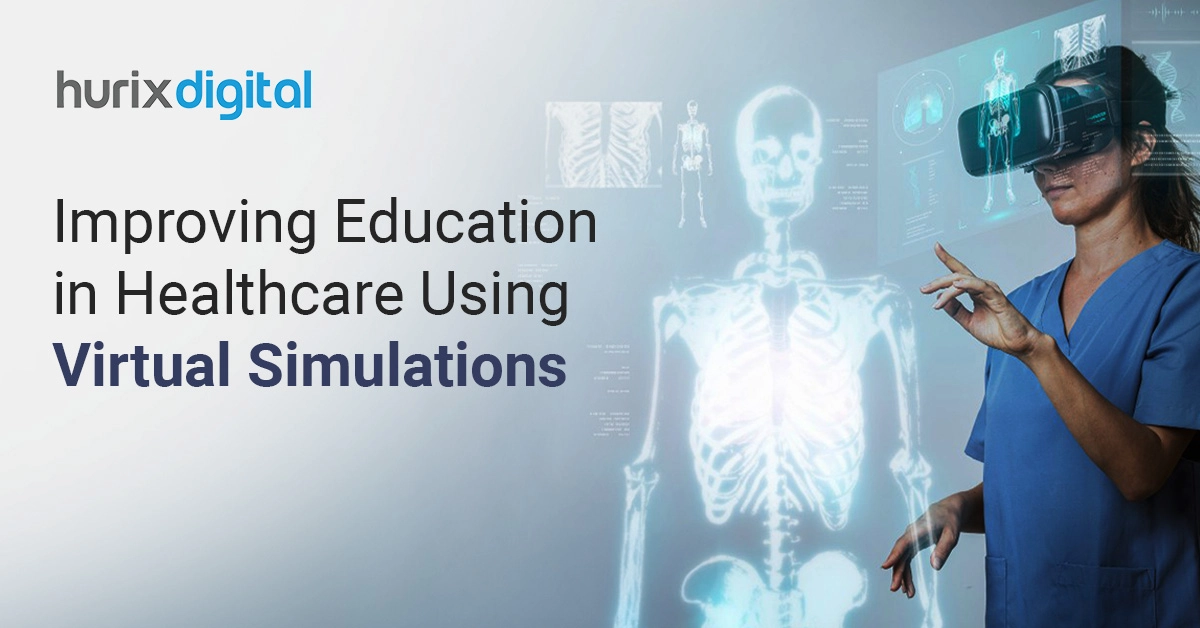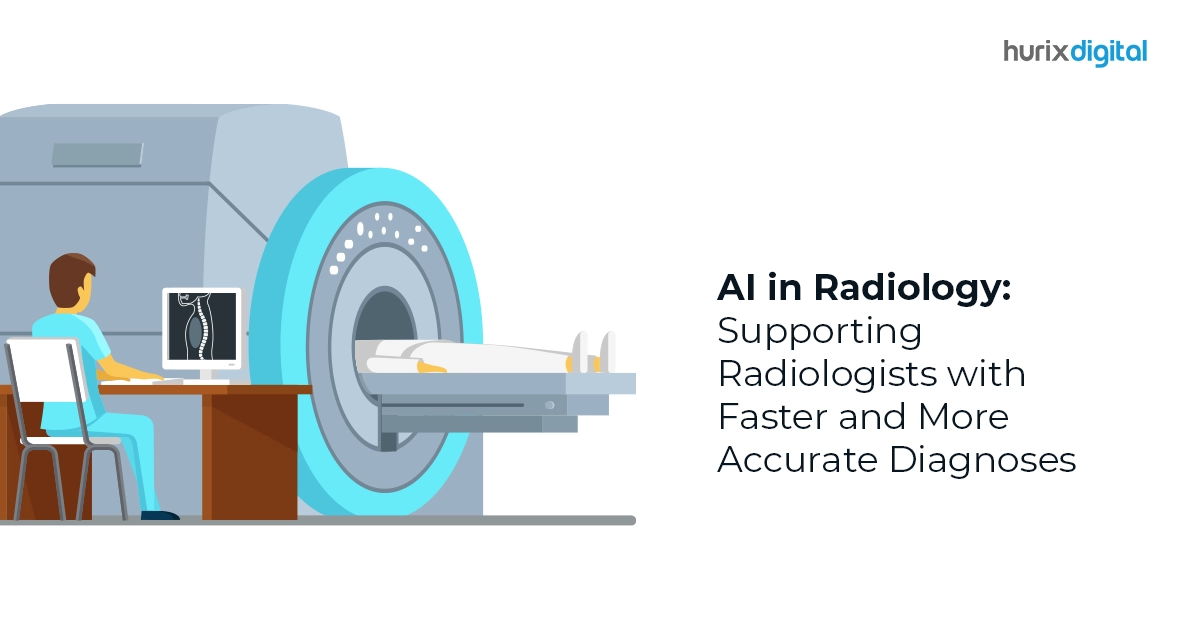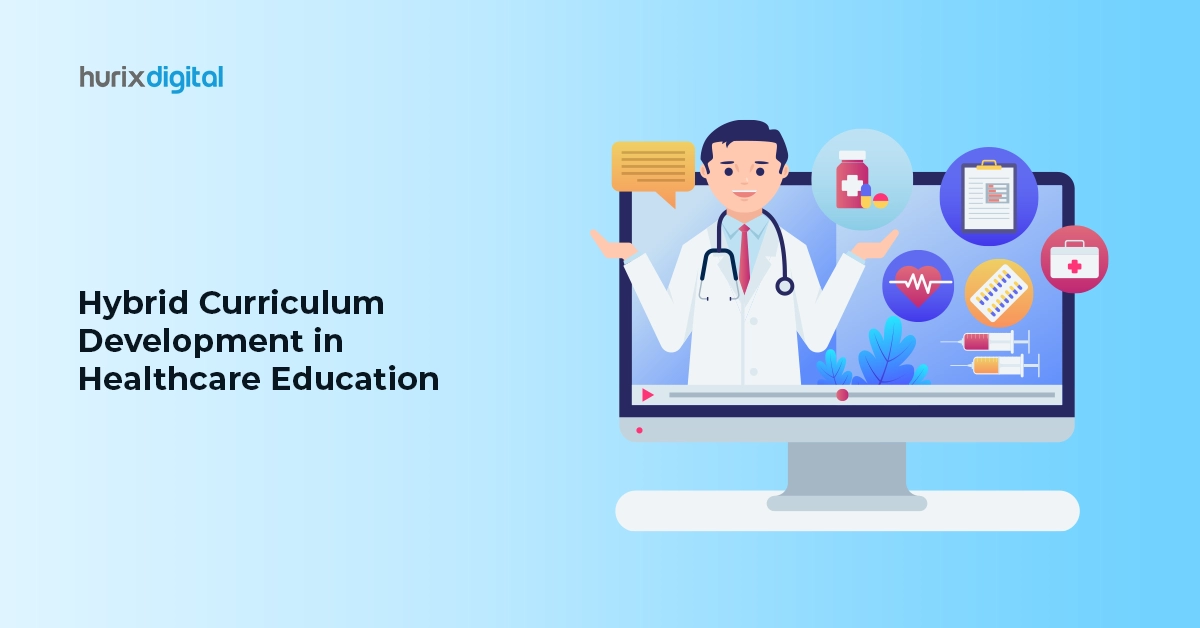
Improving Education in Healthcare Using Virtual Simulations
Summary
This blog discusses virtual simulation’s transformative impact on healthcare education, offering a safe, controlled environment for hands-on training of healthcare professionals.
In healthcare education, it isn’t easy to replicate many practical skills in real life. In such a situation, virtual simulations provide a controlled and safe environment.
Virtual simulations provide a lifelike experience, boosting students’ confidence and performance. They allow for repeated practice and refinement of skills. Additionally, virtual simulations can be tailored to meet the specific needs of individual students, ensuring personalized learning experiences.
Table of Contents:
- Virtual Simulation in Healthcare Education?
- the Purpose of Virtual Simulation in Healthcare Education?
- the Application of Virtual Simulation in Healthcare Education?
- the Scope of Virtual Simulation in Healthcare Education?
- Conclusion
What is Virtual Simulation in Healthcare Education?
Virtual simulation is used in healthcare education, in which learning takes place through computer-generated models.
These models help in understanding different real-time situations through simulations and also make learning interactive. By learning in such an environment and practicing real-time skills, there is no fear of harming real patients.
Virtual simulations in healthcare can be used to teach many things, such as medical decision-making, surgical procedures, patient care, etc. Many complex medical concepts that may be difficult for students to understand but are important for their critical thinking can be understood through virtual simulation.
Virtual simulations have many components that help create a proper learning environment:
- Simulation Model: The model defines the behavior of the simulation environment. The model is run on a computer so that the given data can be processed.
- Algorithm: The algorithm is used to create rules for the simulation environment. Rules are required because the environment is controlled in a virtual simulation.
- Data Collection Tools: These tools are used to collect data. Data is collected from different places. This could be data from research papers, real-time data, or survey data.
- Analysis Tools and Techniques: These techniques are used to analyze the collected data. Analysis tools help interpret the data so that meaningful insights can be gathered.
- Specialized Software and Hardware: This helps in creating a virtual environment. The simulation takes place in this environment.
Also Read: The Rise of AI Chatbots in Healthcare: Can They Assist with Diagnosis?
What is the Purpose of Virtual Simulation in Healthcare Education?
In healthcare education, virtual simulations are used to give students hands-on experience.
Because of a safe and controlled simulation environment, students and medical professionals can easily practice their skills and other procedures in an immersive and realistic way. This training system is also cost-effective for healthcare institutions.
Apart from this, virtual simulation in healthcare education serves the following purposes:
1. To Put Safety First
The safety of the practitioner and the patient always comes first. If the environment is controlled and has a simulated setting, then participants can easily make mistakes without any fear, and no one will be harmed. This way, they can learn from their mistakes and avoid causing harm to the patient in real time.
2. To Optimize Learning Conditions
Learning conditions are also optimized through simulations. Every patient will have different problems, and in these cases, it is difficult to create an optimal learning environment. Using simulated systems, purposeful manipulations can be performed, patient conditions can be programmed, and organizational variables can be changed.
3. To Give Feedback
Simulations are compelling because they have a feedback option. Participants can recalibrate their performance by using feedback.
Many such problems in real life slowly show their symptoms. By understanding them in the simulated environment, the cues can be easily caught, and upcoming manifestations can be corrected.
4. To Integrate Many Skills
It is often difficult for healthcare providers to work in teams. Such challenging situations are created through simulation so that participants can find a venue where they can practice teamwork and other types of skills.
What is the Application of Virtual Simulation in Healthcare Education?
Virtual simulations are used in many aspects of healthcare education. This can also be used in group or individual sessions.
The virtual simulation environment is usually controlled by AI algorithms. Some of its applications are as follows:.
1. VR in Medical Education
The healthcare virtual reality industry is expected to reach $6.2 billion by 2029, growing at an average CAGR of 38.7%.
Virtual Reality is a blessing for students who are starting their healthcare profession. Using VR, students can inspect medical models in 3D. They can also talk with AI-controlled virtual patients, which develops their communication skills and helps them deal with different types of patients.
2. AR in Healthcare Training
Apart from VR, AR and Augmented Reality are also used in medical training. Many such dangerous scenarios can be recreated in training, which can be risky in real life.
With the help of AR, the work steps and performance of the medical professional are recorded, and later, as per set criteria, the performance is analyzed, and the medical professional learns a lot from it.
3. Healthcare Training Technology for Surgery
Virtual Reality is also used for mock surgery. There are many practical steps in the virtual space that the medical professional and participant can perform quickly. This helps surgeons become skilled. Many elements of technology like haptic controllers, virtual operating rooms, VR apps, etc.
It is used in this type of training. The VR software periodically reminds the participant of important steps and monitors them.
4. VR in Pain Management
Many VR apps help reduce the patient’s pain by diverting his attention. This eliminates the need for painkillers and also reduces healthcare costs. The patient is given an interactive, gamified experience. The atmosphere is made soothing with the help of VR, audio stimulation is used, and all this eases the patient’s mind.
What is the Scope of Virtual Simulation in Healthcare Education?
Digital healthcare education, specifically simulation-based education, has expanded greatly over the past few years. This is an important point in the timeline of medical education. If simulation-based training and education are compared with traditional methods, they show many more benefits.
For effective virtual simulations, training resources, hardware software, and a proper instructor are necessary. If even one thing is missing, then its proper use cannot be achieved. Healthcare professionals should also be trained to use this equipment.
Also Read: Best Practices for Successful Application Training in Healthcare Organizations
Final Words
Virtual simulations can drastically change healthcare education by offering a secure, engaging, and inspiring learning environment. Virtual simulations have a lot of potential to be added to and improved upon in healthcare curricula, even though they could be challenging to implement now.
To find out more about virtual simulations and how they may enhance your healthcare education, team up with Hurix Digital. We offer various simulation solutions to help you get started.
Connect with us now!

Senior Vice President – Business Development
Over 25 years of experience in the edtech and workforce learning industry with strong skills in Business Development, Customer Relationship Management (CRM) and Strategy.







